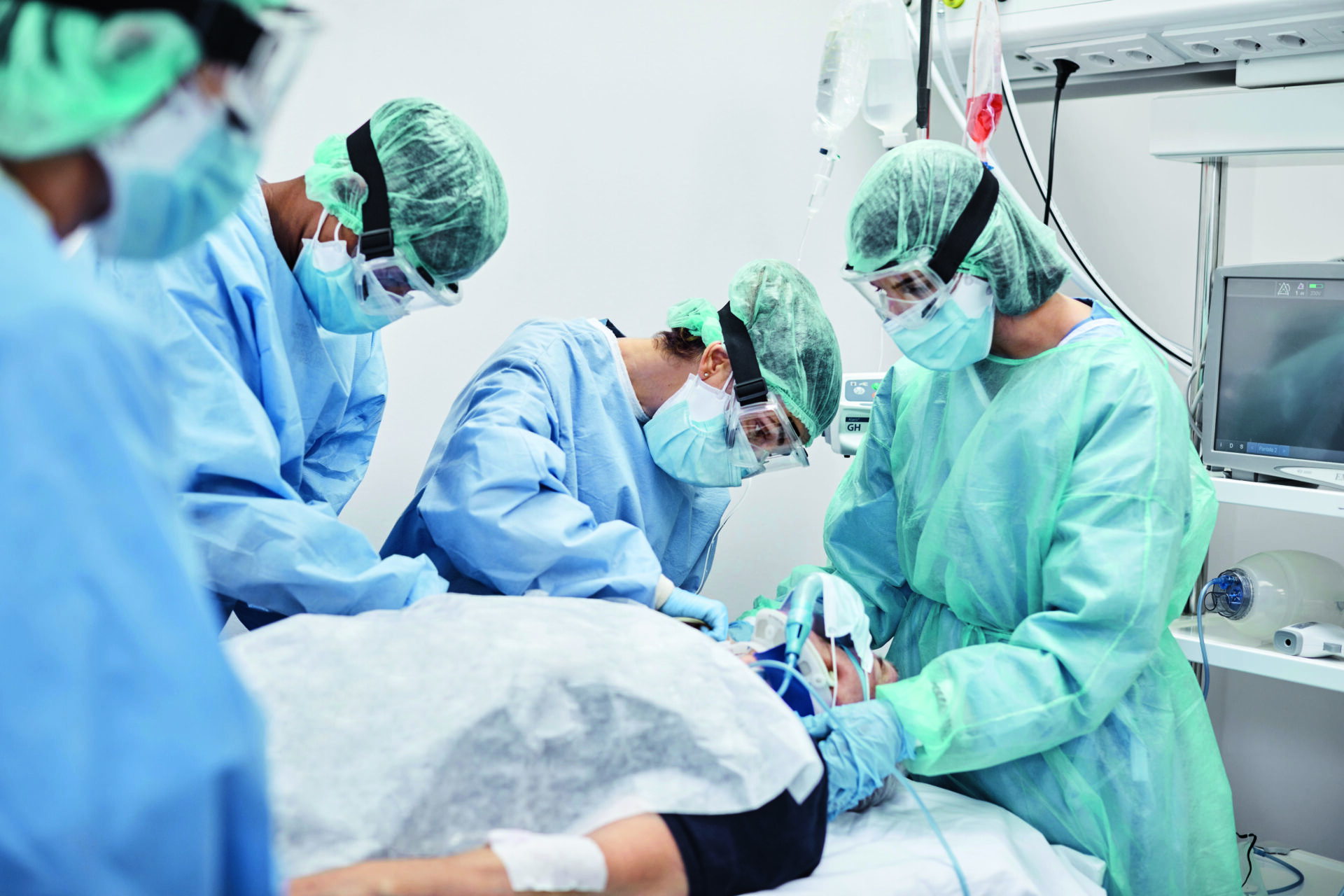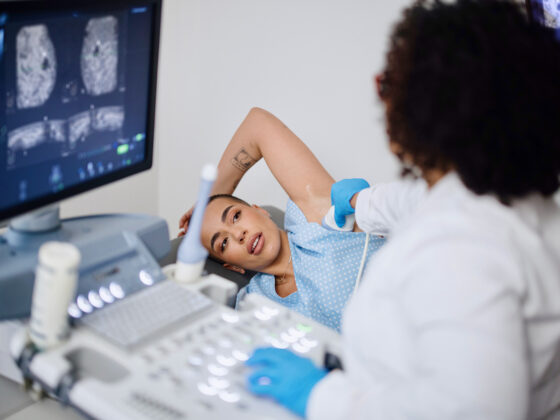For three days, the joint annual meeting of the German Society for NeuroIntensive and Emergency Medicine (DGNI) and the German Stroke Society (DSG) discussed new findings in research and science and their impact on clinical practice in lectures by renowned experts, practice-oriented workshops and continuing education courses, and symposia by cooperating professional societies.
The massive bed pressure in the context of the Covid pandemic against the background of demographic changes was the driving force and food for thought for the major focus topic “Neurointensive care – how much, for what, where and how specific?”. Not all parts of the highly complex specialty-specific treatment would need to be performed in appropriately equipped and trained neurointensive care units. In special cases, successful treatment is also possible in much more widely available general intensive care units. Of course, two aspects are relevant: on the one hand, the clinical pictures themselves and, on the other hand, their temporal course. How, where and in which phases treatment processes are to be optimized were important discussion questions. Suggested was a mix of comprehensive, high-quality care for relatively common conditions such as stroke or traumatic brain injury and highly specialized treatment for aneurysmal subarachnoid hemorrhage or vascular malformations, which could be performed only at a few highly specialized centers. Neurovascular networks that interact with each other could provide high-level care.
The presidential symposium explored the questions of how specific is neurointensive care within critical care medicine, which patients benefit from it, and in which cases could they also be covered by internal medicine or anesthesiology critical care? Worldwide studies have shown functionally better survival and reduced mortality in patients cared for in neurointensive care units. The comparatively better framework conditions of the “great level of nursing care” in the USA suggest that improved training of nurses could contribute to an increased quality of care.
In a situation with 20% neurointensive care units in German hospitals, Prof. Dr. Thorsten Brenner, Essen (D), with his anesthesiological-intensive care perspective “How much neurointensive care units does intensive care need and for what?” concluded that comprehensive certification possibilities as well as a nationwide network structure for areas and hospitals without sufficient treatment numbers are necessary to be able to offer patients evidence-based therapies and to ensure good treatment quality.
The discussion of neurointensive care specificity was enriched by Prof. Dr. Christian Karagiannidis, Cologne (D), with the sobering political dimension of what abrupt changes Germany is facing. In view of the demographic change, a tsunami wave with an impact on the health care system is foreseeable, in which with five million fewer contributors, five million more inhabitants will have to be medically cared for at the same time. In order to achieve comprehensive care without restrictions for patients, the individual medical disciplines would have to move away from the “Wagenburg mentality” and jointly develop clever concepts. With reference to the new possibilities of telemedicine and concepts to share expertise and, above all, to eliminate false incentives of the current billing system, there is potential for improvement to reduce the existing overtherapy in Germany to “normal European levels” and to enforce the outpatientization potential in order to reduce the current surplus of 50% more hospital stays.
Care strategies in SHT
The care of severely injured patients with traumatic brain injury (SHT) was intensively discussed as a challenging interdisciplinary task. SHT – responsible for up to 70% of polytrauma deaths – is the leading cause of death, followed by hemorrhagic shock. Crucial from the perspective of emergency physicians are close, prehospital care measures. The priority-oriented shock room management at Bonn University Hospital was presented, in which severely injured patients can be treated synchronously and at eye level. Also discussed was the problem of monitoring patients with elevated intracranial pressure to prevent secondary brain damage.
Time remains Brain
Every second counts in a stroke. This is well known. The Society Symposium of the German Stroke Society (DGS) discussed how crucial the earliest possible prehospital diagnosis is for the best possible outcome. In an interrogation algorithm for stroke identification developed together with the Berlin Fire Department, a specially designed ambulance (STEMO = Stroke-Einsatz-Mobil) manned by a team of specialists enables vascular diagnostics to detect large arterial occlusions and thrombolytic therapy to be performed directly on site in patients with acute ischemic stroke. As a result, more than half of acute stroke patients can be diagnosed promptly to the emergency call and, ideally, receive targeted care.
Further improved survival is enabled by “one-stop management,” the shortening of times within the hospital (door-to-groin, door-to-reperfusion) as the most important prerequisite for the success of actutherapy of stroke. The time it takes for a patient to receive systemic thrombolysis – an average of 170 minutes from treatment decision to intervention – can also be shortened by 90 minutes, according to a study using a “Flying Intervention Team” (FIT) with the telemedicine stroke network South East Bavaria TEMPiS, which benefits patients.
Telemedicine is becoming increasingly important, especially in the treatment of stroke patients. The still rather young medical field of teleneurology is considered a milestone for the improved quality of care for neurological diseases, especially in hospitals that do not have their own special department for stroke patients. In the meantime, every 10th stroke patient in Germany is to be treated by telemedicine. With regular training and continuing education, doctors, nurses and therapists are taught methods and expertise as part of the stroke networks. The neurovascular network SOS-Net for the implementation of simulation training in stroke acute care was presented. Specifically, the “TeleDizziness” project from the Telemedical Stroke Network South East Bavaria (TEMPIS) seeks to improve care for patients with acute dizziness. Any acute onset of dizziness could be caused by a stroke. Initial experience with teleneurological services for therapists in northeastern Germany (TATheN) showed the extent to which already established therapeutic assessment procedures can be carried out telemedically, with clinics without their own neurological department connecting appropriate specialist staff via video consultation for the assessment of stroke patients in order to provide specialist support in the therapeutic findings.
Source: Exciting discussions on the sustainable optimization of structures in neurointensive and emergency medicine. Congressional Report. ANIM 2023: Workshop NeuroIntensivMedizin 19-21.01. in Berlin (D).
InFo NEUROLOGIE & PSYCHIATRIE 2023; 21(2): 24–25











